"It’s all about that filter that Bob Moog patented all those years ago. I can’t live without it": Mike Parker on Dispatches
Mike Parker talks us through his 2001 minimal masterpiece track by track
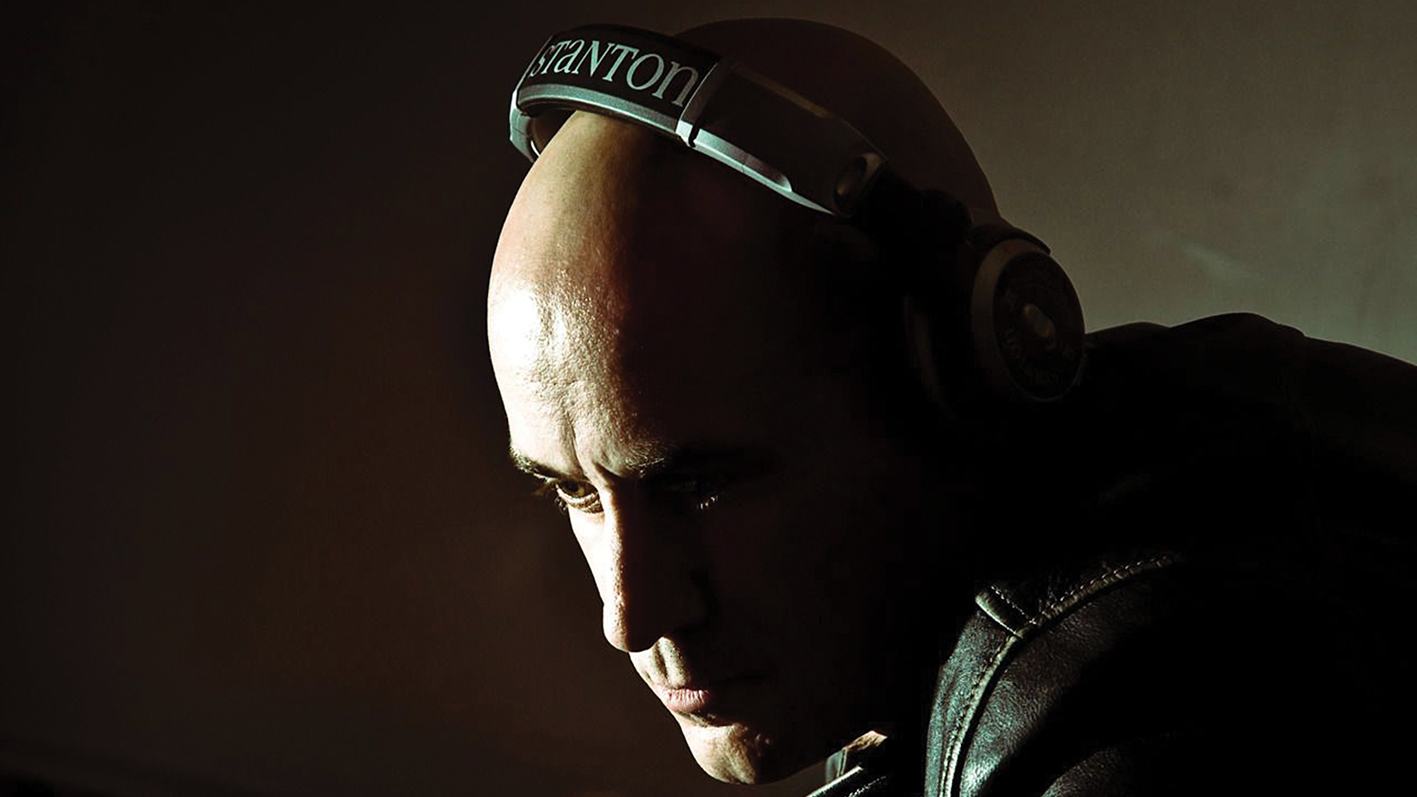
Mike Parker’s deep, hypnotic techno bubbled up through a slew of celebrated singles as the millennium approached. But, as work turned to a full-length debut, he’d let his music spill a little looser, away from the restraints of traditional club arrangements.
“I just wanted that statement of an artist album,” he says. “And to reach an audience that went beyond just DJs…”
Diving headfirst into his machine-driven, spontaneous approach to production, he’d jam out on his raft of Roland and Korg equipment, never glued to a computer screen, preferring to let the runway lights of his blinking analogue sequencers lead the way.
“Every single track is a live take,” he says. “It’s just the way it’s always been.”
There would be no edits and no overdubs on Dispatches. And none of his synths had patch memory.
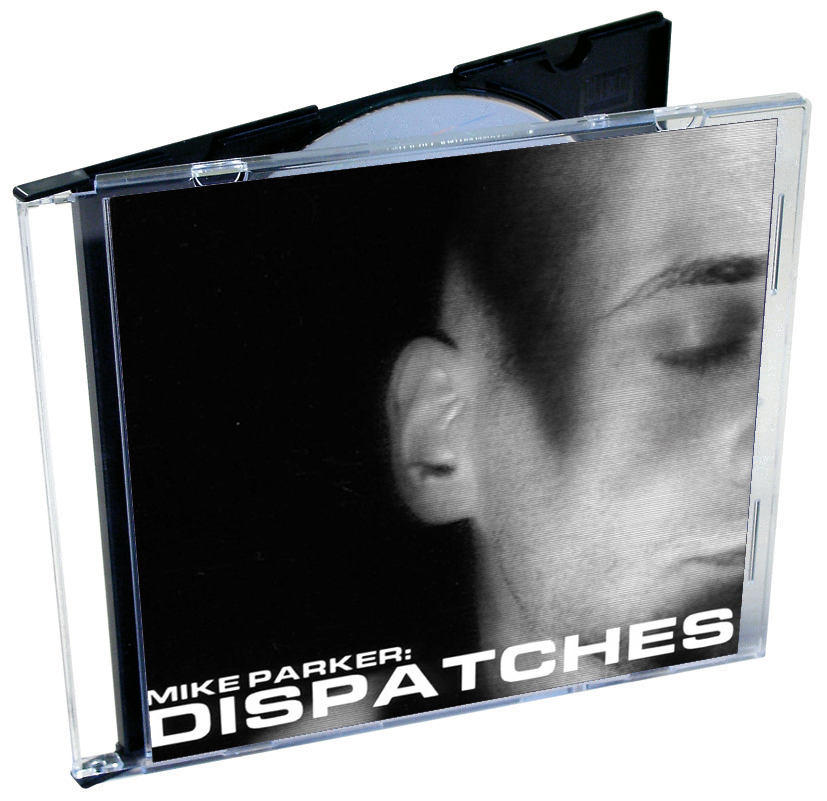
“A big part of my creative processes was to approach them with a new sound every time,” he says. “That does make it difficult to reproduce, live. But, it adds vital improvisation within the way the track evolves.”
The resulting album is full of icy moods, playful time signatures, complex metallic tones, and overwhelming, evocative sound-sculpting. All hinting at a direction the deeper strains of techno would pick up and run with in the following years.
Get the MusicRadar Newsletter
Want all the hottest music and gear news, reviews, deals, features and more, direct to your inbox? Sign up here.
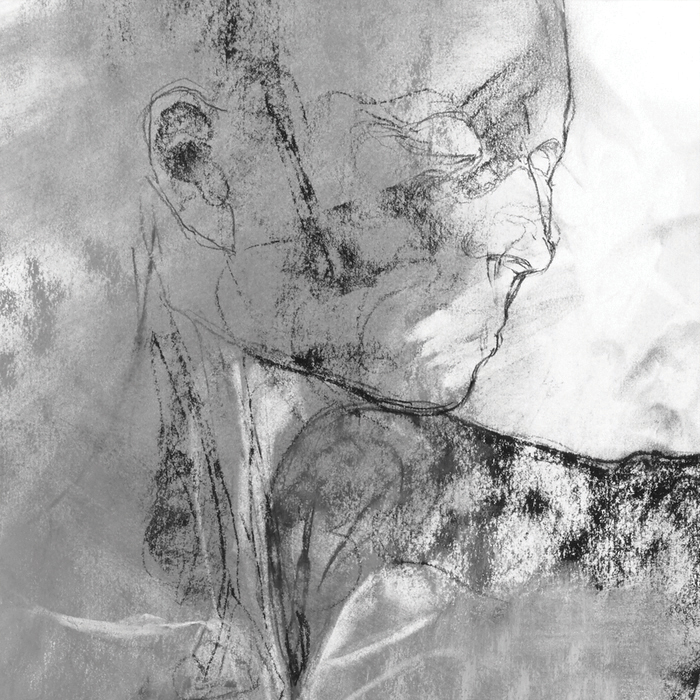
“I never knew at the time I was influencing anyone,” says Parker. “I was just playing in New York and making this music and sending it out.
“I was exporting records to Europe. This is before SoundCloud. I would ship 300. So, I figured someone was buying them.”
Although a favourite of connoisseurs like Nina Kravitz, Ben Klock, and Richie Hawtin, the album sadly never outgrew cult status.
“It was just after 9/11. People were depressed and angry,” says Parker. “I don’t think anyone wanted to hear about a minimal techno album, so it was quietly released.”
23 years later, Dispatches finally receives a vinyl release, with an all-new remaster and reissue.
This definitive edition dropped on Field Records, and will undoubtedly cement this seminal album’s classic status, gaining it the wider recognition it’s always deserved.
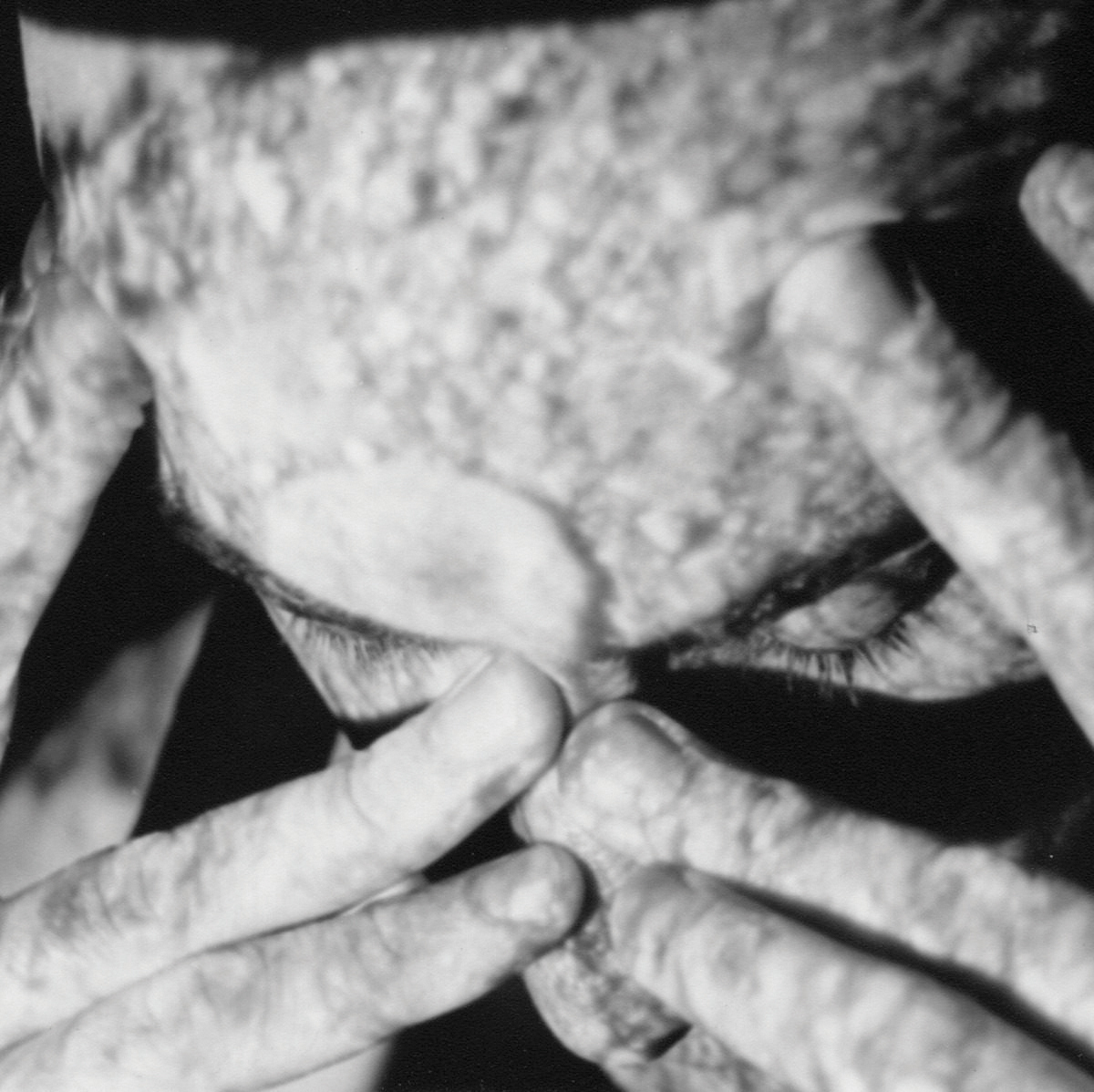
“The title of the album refers to my isolation. But, when I started to play in Europe, people said it’s probably good I wasn’t living in Berlin, getting caught up in the whole scene. Because, that way I was very independent. I just did my own thing. Unaffected by what was going on, elsewhere else.
“I’m not criticising the Berlin scene. It’s really amazing. If I’d moved there, I would have really enjoyed it, I’m sure. But, the side benefit of being isolated like that is that you end up finding your own way.”
In the studio with Mike Parker
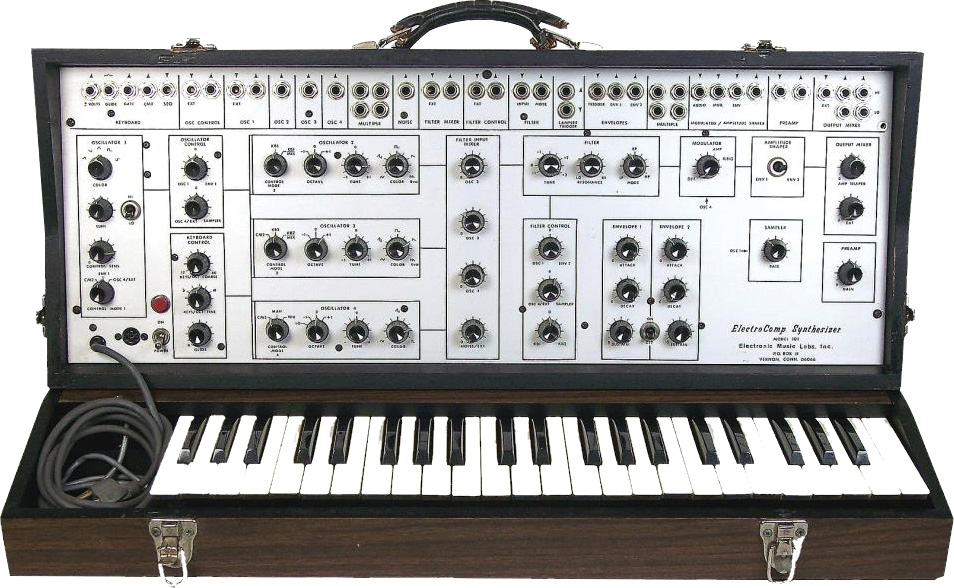
“I was using a lot of the stuff you’d expect. I mean, Roland gear like the 303, 606, 808, and the TR-909. Oh, and the VP-330, for the vocoder. And an old sequencer called the Roland MC-50.
“A big part of the sound on Dispatches comes from Korg, though, especially the MS-20, which is all over that record. Then the MS-10 and 50. And the Korg Mono/Poly, which is a synth I’ve owned for all of my adult life. I bought it as a teenager, back in the ’80s. I’ve kept it, and had it restored a few times. It’s a synth I just can’t part with.
“Then, one rarity on that record, was the EML Electrocomp 101, with its 6dB filter, for that kind of harsh sound. What else? I also used an Akai S-950 sampler. A Jomox XBase 09 drum machine. A Sequential Circuits Pro-One. A Moog Micromoog. And a lot of the other sequences that you hear come from Future Retro’s 777 and Mobius.”
Track by track with Mike Parker
Triceratops
“A lot of the tracks on Dispatches have patterns that are divided into threes, not fours. They cycle, just with a slightly different timing.
“There had been other techno producers that did tracks divided in threes that I really liked. And I always thought that was an interesting way to conceive of a techno track. And, perhaps something more challenging for the audience. Like, ‘how do you dance to that?’. I remember a few times I would play this track out. And, sometimes the audience would be like, ‘What is this?’.
“The way I make tracks is often to have in mind that the DJ really needs to layer them. They’re meant to be played with other tracks, you know? Instead of me bringing in the hi-hat after a certain number of measures, let the DJ do that by mixing in just the right selection of another track.”
Amalgamated (Synchronous Mix)
“The title refers to the mixing of elements. And I was interested in pushing a limited number of sounds. Like, every sound counts.
“There’s the main synth line, which is the [Korg] MS-20. It has a hardwired ring modulator that has a unique character. And it shows up a lot on the album.
“It’s a semi-modular, which I really liked. You can approach it. And, without plugging in any extra patch cables, you can immediately get a sound from the portions that are hardwired. Then you expand it.
“I like that immediacy. You turn it on, change a few parameters on the knobs with the architecture of it as it’s set up, and you get an interesting sound. Then you can connect it to other things.
“It’s good for people who are starting out. A semi-modular, such as that, is a good way to really learn about modular synthesis.”
Copper Variations: CV1 (Alternate Take)
“This is the first of the ‘Copper Variations’. And it has a colder, metallic sound to it. I guess I was thinking in terms of metallic colours, at that time.
“Again, it’s another one divided in threes. I think most of them are. It’s driven by the [Roland] 808. And it has this sort of acid line that’s sort of creeping in the background. And that’s actually the Future Retro 777 [monophonic analogue synth].
“I really liked that. And, not just for the sound. But, because the sequencer is sort of identical to the [Future Retro] Mobius, which I also used on this album, because it’s got that 16 step feel to it.
“I got the 777 in the late ’90s, and it would have been about $900. The Mobius was not as expensive.
“My Mobius has developed some issues. It ran for 23 years, and then it sort of died. I loved that sequencer. I contacted Future Retro and I’m like, ‘You know, I love the sequencer. Can you fix it for me? I’ll pay you whatever you want!’ And they haven’t yet got back to me.”
Reduction
“This got a bit of a revival, a few years ago, when I released a [2021, 20th Anniversary Remaster] version remastered by Neel [Giuseppe Tillieci]. I released it as a 12”, with a B-side that I had discovered during the pandemic. It was sitting on DAT. And, I thought, now’s the time.
“Again, we’re on this division of threes, in the sequence. And you’ll hear some vocoded sounds. They might remind you of a human voice, but they’re not exactly identifiable as words. They’re more like syllables. So, in a sense, they’re more like notes.
“I tried to introduce sounds that are, at least partially, organic – unlike Copper Variation, as it doesn’t have the cold metallic to it. It’s got more of an otherworldly feel to it.
“I’m a big fan of the soundtrack to Forbidden Planet [1956]. [The composers] used ring modulators a lot. I have a huge interest in mid-century science fiction.
“I like to bring that up a lot. Because, that’s just a game-changing accomplishment and inspiration. And they had to build their own equipment to do it.”
Copper Variations: CV3
“I think this one is even more based on vocoded sounds, and it’s divided in fives. I like the breakdown, too. I think, sometimes, I wanted them to last even longer. But, I was always conscious of the fact that these are being played in venues.
“‘How far can you push it?’ I’ve tried to push it as far as I can. Of course, the DJ can always just throw something on top, if they have to. These are just tools.
“I think this is the most interesting of the ‘Copper Variations’. It ends with the beat really dropping out, and it goes on for a while. Maybe that’s what I wanted to do, all along.
“I was interested in working within this genre and seeing what I could push, and get away with. And test the limits of what you can do, especially in time signatures.”
Drain Hum (Original Mix)
“This was based off an old sample I’d created years ago by scraping a piece of metallic light fixture.
“I sampled that into the Akai [S950] and looped it, and it made an interesting tone. But that sample was lost. So, I had that sound in mind when I made this track. I tried to recreate it. But, it wasn’t exactly the same, but it was close.
“There’s an extreme low frequency bass sound in Drain Hum. I wanted to push that. I wanted to make a sound that would make the speakers move.
“I mean, in a really weird way, it was influenced by hip-hop. Because, the cars driving by my apartment were playing very loud hip-hop. And you’d feel the vibrations of the bass frequency. I wanted to do something like that.
“And then, the [Roland] 303 is really just sort of in the background of that track.”
Amalgamated (Extension Mix)
“OK, so this one is sort of a dance between the MS-20 and the Sequential Circuits Pro-One.
“I love the MS-20. It’s great that Korg reissued that recently. I think it’s fantastic. I still have the original one. But, they make it now with, like, different colours. And I was tempted to get one, just because.
“With Amalgamated, again, we have this thing divided into threes. Or, six, whatever [laughs]. It keeps it interesting, to me.
“This is still a really great genre to work in. I think that the limitations of it, after all these years – I still like them.
“And that lead sound in here is just a bent note. I think I was trying to humanise it. Or, maybe, it sounds like an animal, or something. That’s kind of typical of me to do.”
Blue Equals Black
“This is an ambient track. But, I wanted it to be very brief. And, it was very much improvised.
“That one, I probably did in one take. And, it was just as it was captured. The digital audio tape was running, and it was on record. And, looking back on it, I thought it worked. It wasn’t overdone. And, it really is like an interlude. I think it helped with the pacing.
“I spent a lot of time agonising over the running order of this album. That was my summer of 2001.
“I was actually worried that the album was going to be too long. The first version, of course, is that CD format.
“In those days, albums would push the limit of whatever it was, like 79 minutes that you can get on a CD. And, I was a little worried that if I did that, then it would just be too long.”
Voiceprint: Voice One
“This one is based on a voice, and it’s through a vocoder.
“But, again, it’s not meant to be a word. It’s meant to be a sound. And it’s meant to be evocative of a voice, but not a specific piece of dialogue or a lyric. It’s the voice as an instrument.
“So, it’s a vocoded sound, but I filtered it through the Moog Micromoog, because that has an external input. And it has that classic Moog 24dB ladder filter in.
“It’s all about that filter that Bob Moog patented all those years ago. It has a natural, naturalistic sound to it. I mean, I can’t live without it, this thing, you know? I bought the external one.
“So, that’s where the changes come through. That’s the filtering of it. The changes you hear are in the low-pass filter.”
Voiceprint: Voice Three
“This was the improvisational take of running sounds, through a vocoder. Roland made a keyboard that was also a vocoder. Kind of a 2-in-1 deal, called the VP-330. That’s the vocoder on this. In fact, it’s all the vocoded sounds on the album.
“I think it gives… You know, I’m trying to think of the right metaphor here. I mean, it kind of sounds like someone trying to communicate from a distance, I think. That’s, you know, the theme of Dispatches.
“I never thought all those years ago that there would be a re-release, 23 years later.”
Mike Parker's Dispatches is out now on Field Records.


“I’m looking forward to breaking it in on stage”: Mustard will be headlining at Coachella tonight with a very exclusive Native Instruments Maschine MK3, and there’s custom yellow Kontrol S49 MIDI keyboard, too
“The thing from the agency said, ‘We want a piece of music that is inspiring, universal, blah-blah, da-da-da...' and at the bottom it said 'and it must be 3 & 1/4 seconds long’“: Brian Eno’s Windows 95 start-up sound added to the US Library of Congress



















